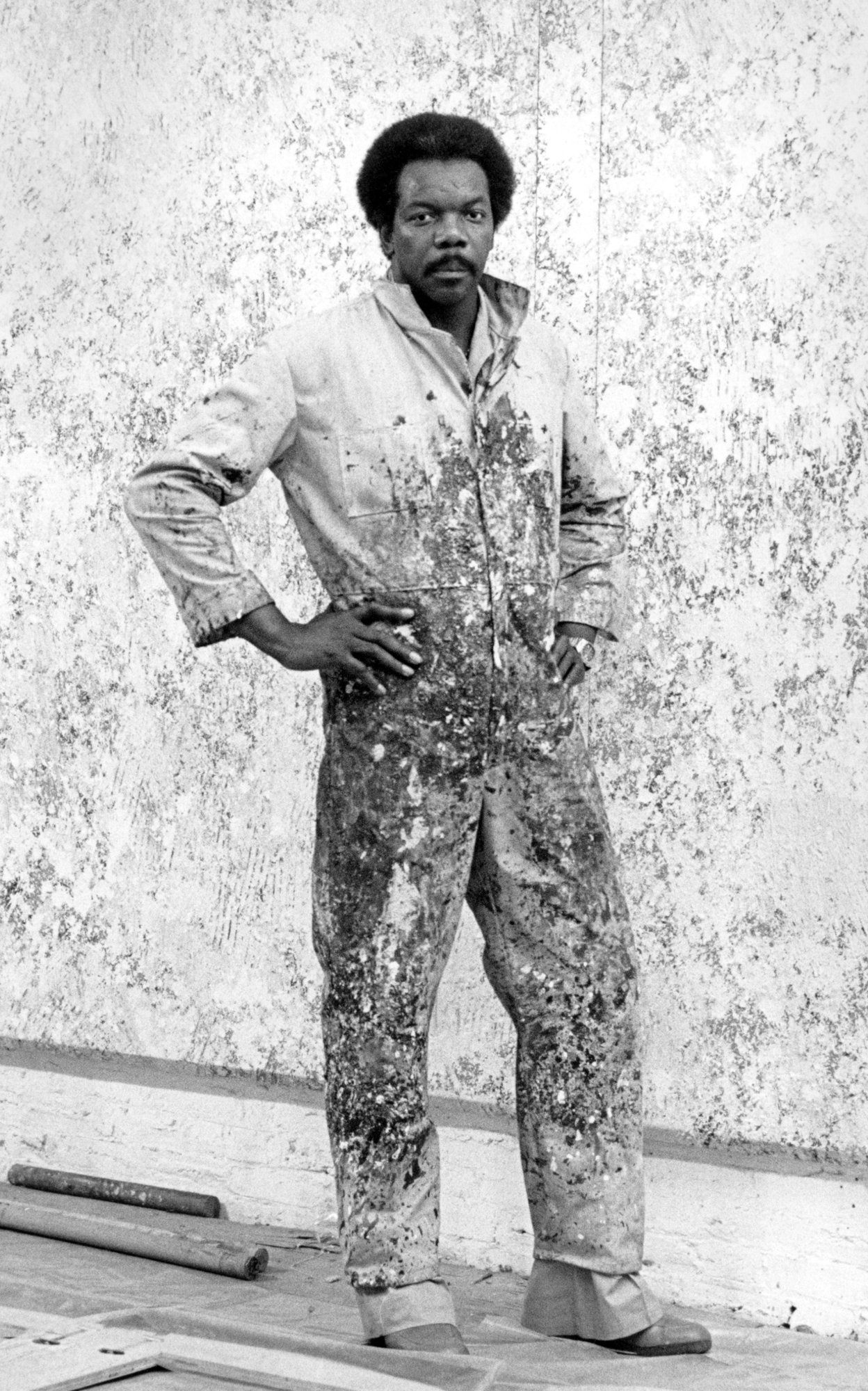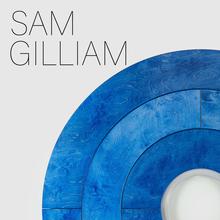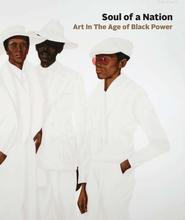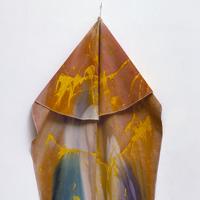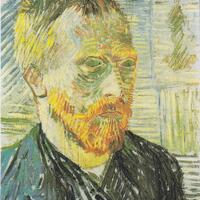More about Sam Gilliam
- All
- Info
- Shop
Works by Sam Gilliam

Contributor
If Jackson Pollock’s nickname is “Jack the Dripper” then Sam Gilliam’s nickname should be “Sam the Draper” for his stroke of genius (superior or equal to that of Jackson Pollock) when he decided not to stretch the canvas on a frame but simply hang it from the wall like laundry.
Born in 1933 in Tupelo, Mississippi, Gilliam was the seventh of eight children. He was a chill little kid always opting for drawing over trouble making. When he was 9 years old, he and his family moved to Kentucky where Gilliam earned his bachelor’s and master’s degree in fine arts from the University of Louisville. His degrees were separated by a time in Japan where he was stationed with the Army. What he learned there was that 1) he did not want to be a soldier and 2) he did want to be an artist. After he got his MFA, Gilliam, the hopeless romantic that he was, followed his future wife to Washington DC because she got a job as the first African-American female reporter for the Washington Post. Get it girl!
Gilliam started putting out some fire works of art and even represented the United States in the 1972 Venice Biennale. And then silence. He had a few shows here and there but it seemed like the art world let Gilliam get swept under the rug. This silence may be in part to his second partner, Annie Gawlak’s cancer and his own struggles being overly medicated for bipolar disorder, which ruined his kidneys and artistic drive. It wasn’t until a long time fan and gallerist, David Kordansky decided to pull Gilliam out of the darkness and offer him a show in L.A.. Gilliam, the softie, cried at the proposition for he had just gotten his mojo back. The show was a huge success and now Gilliam at 83 years old is going to represent the United States again in the 2017 Venice Biennale. How’s that for a comeback story?
Sources
- Edgers, Geoff. "The Not-So-Simple Comeback Story Of Pioneering Artist Sam Gilliam". Washington Post. N.p., 2016. Web. 2 May 2017.
- Samet, Jennifer. "Beer With A Painter: Sam Gilliam". Hyperallergic. N.p., 2016. Web. 2 May 2017.
- Fowler, William. "Searching For Sam Gilliam: The 81-Year-Old Art Genius Saved From Oblivion". the Guardian. N.p., 2015. Web. 2 May 2017.
- Lewis, Jim. "Red Orange Yellow Green And Blue Period". W Magazine. N.p., 2014. Web. 2 May 2017.
Featured Content
Here is what Wikipedia says about Sam Gilliam
Sam Gilliam (/ˈɡɪliəm/ GHIL-ee-əm; November 30, 1933 – June 25, 2022) was an American abstract painter, sculptor, and arts educator. Born in Mississippi and raised in Kentucky, Gilliam spent his entire adult life in Washington, D.C., eventually being described as the "dean" of the city's arts community. Originally associated with the Washington Color School, a group of Washington-area artists that developed a form of abstract art from color field painting in the 1950s and 1960s, Gilliam moved beyond the group's core aesthetics of flat fields of color in the mid-60s by introducing both process and sculptural elements to his paintings.
Following early experiments in color and form, Gilliam became best known for his Drape paintings, first developed in the late 60s and widely exhibited across the United States and internationally over the following decade. These works comprise unstretched paint-stained canvases or industrial fabric without stretcher bars that he suspended, draped, or arranged on the ground in galleries and outdoor spaces. Gilliam has been recognized as the first artist to have "freed the canvas" from the stretcher in this specific way, putting his paintings in conversation with the architecture of their settings. In contemporary art, this contributed to collapsing the space between painting and sculpture and influenced the development of installation art. While this became his signature style in the eyes of some critics and curators, Gilliam mostly moved on from his Drape paintings after the early 1980s, primarily returning to the form for several commissions and a series of late-career pieces, usually created with new techniques or methods that he was exploring in his other work.
He produced art in a range of styles and materials, exploring the boundaries between painting, sculpture, and printmaking. Other well-known series of works include his early Slice paintings begun in the mid-1960s, often displayed with custom beveled stretcher bars that make the paintings protrude from the wall; his Black Paintings from the late 1970s, which Gilliam created with thick layers of black impasto over collaged forms; and a series of monumental painted metal sculptures, developed beginning in the 1980s and 1990s for several public commissions.
After early critical success, including in 1972 becoming one of the first African American artists to represent the United States in an exhibition at the Venice Biennale, Gilliam's career saw a period of perceived decline in attention from the art world in the 1980s and 1990s, although he continued to widely exhibit his work and completed numerous large-scale public and private commissions. Starting in the mid-2000s, his work began to see renewed national and international attention, and his contributions to contemporary art were reexamined and reevaluated in several publications and exhibitions. His work has since been described as lyrical abstraction. Late-career milestones included creating a work for permanent display in the lobby of the then-newly opened National Museum of African American History and Culture in 2016, and exhibiting for a second time at the Venice Biennale in 2017.
Check out the full Wikipedia article about Sam Gilliam

